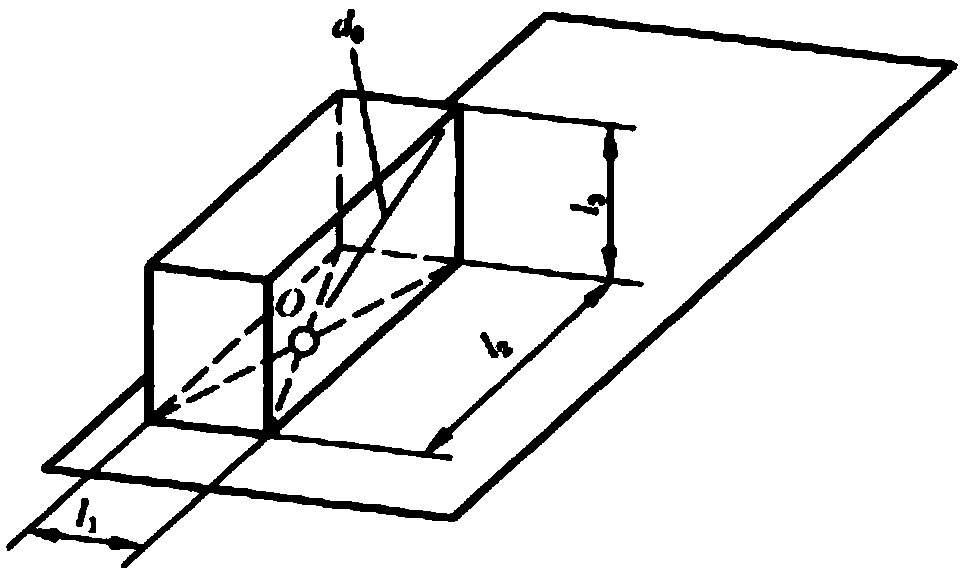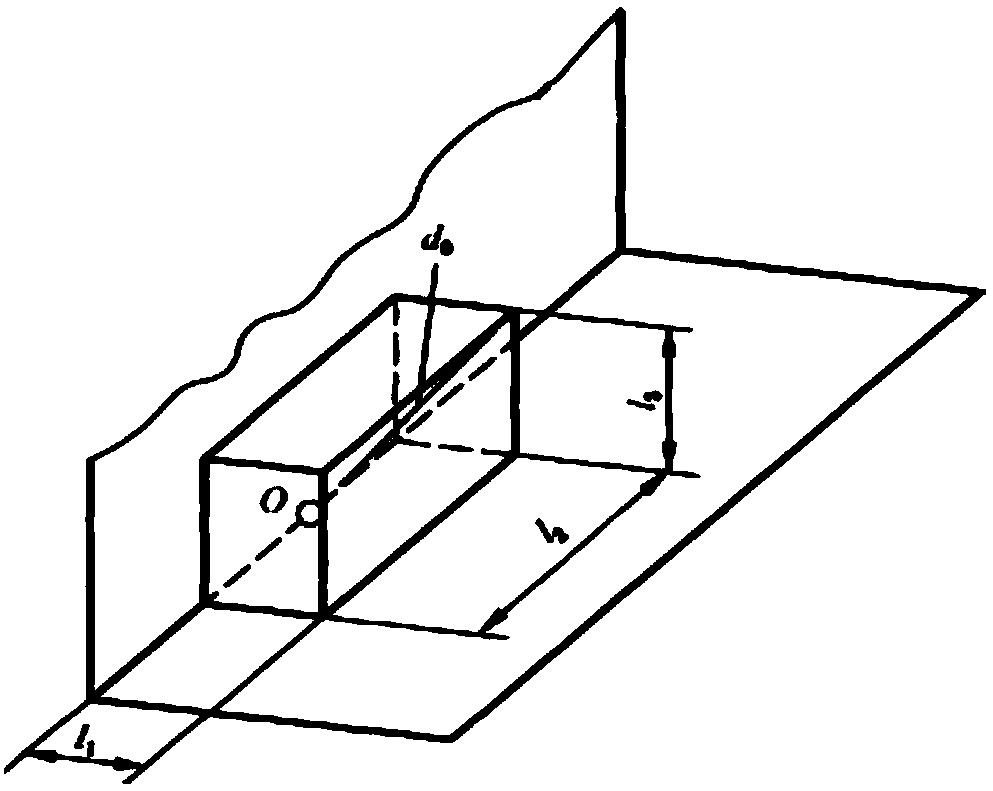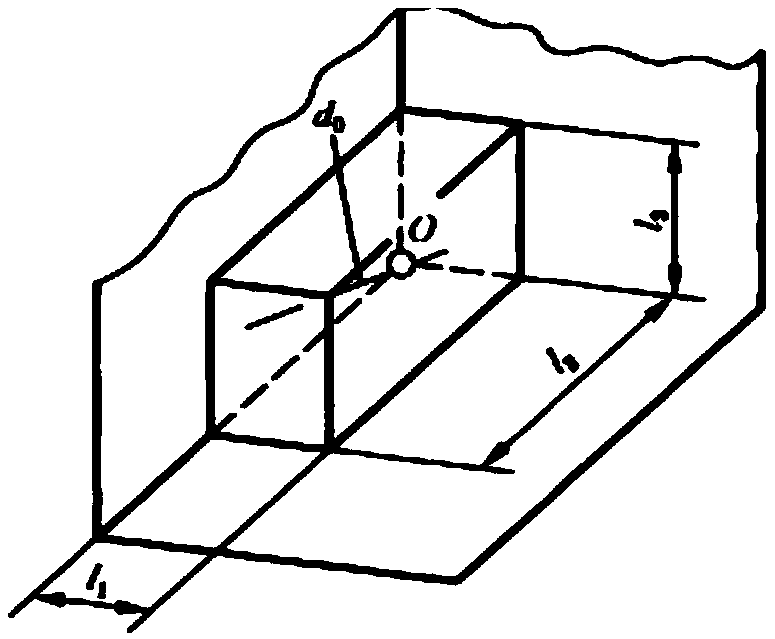Method for detecting flushing noises of pedestal pan by sound power level parallelepiped measurement surface method
A technology of parallelepiped and sound power level, which is applied in the direction of measuring ultrasonic/sonic/infrasonic waves, measuring devices, instruments, etc., to achieve the effect of improving scientificity
- Summary
- Abstract
- Description
- Claims
- Application Information
AI Technical Summary
Problems solved by technology
Method used
Image
Examples
Embodiment Construction
[0131] The present invention will be described in detail below in conjunction with the accompanying drawings and preferred embodiments, so that the advantages and features of the present invention can be more easily understood by those skilled in the art, so as to define the protection scope of the present invention more clearly.
[0132] This embodiment takes the flushing noise detection of a floor-standing ceramic toilet product produced in Tangshan, Hebei, with a jet siphon internal structure and double-stage nominal water consumption of 6L and 3L respectively under the condition of full flushing water consumption as an example.
[0133] The specific detection method is carried out according to the following steps:
[0134] (1) Sample installation and debugging
[0135] 1.1 Sample quantity and specification
[0136] Three porcelain or stoneware floor-mounted toilet samples of the same type, specification, and size produced by the same manufacturer and in the same batch are...
PUM
 Login to View More
Login to View More Abstract
Description
Claims
Application Information
 Login to View More
Login to View More - R&D
- Intellectual Property
- Life Sciences
- Materials
- Tech Scout
- Unparalleled Data Quality
- Higher Quality Content
- 60% Fewer Hallucinations
Browse by: Latest US Patents, China's latest patents, Technical Efficacy Thesaurus, Application Domain, Technology Topic, Popular Technical Reports.
© 2025 PatSnap. All rights reserved.Legal|Privacy policy|Modern Slavery Act Transparency Statement|Sitemap|About US| Contact US: help@patsnap.com



